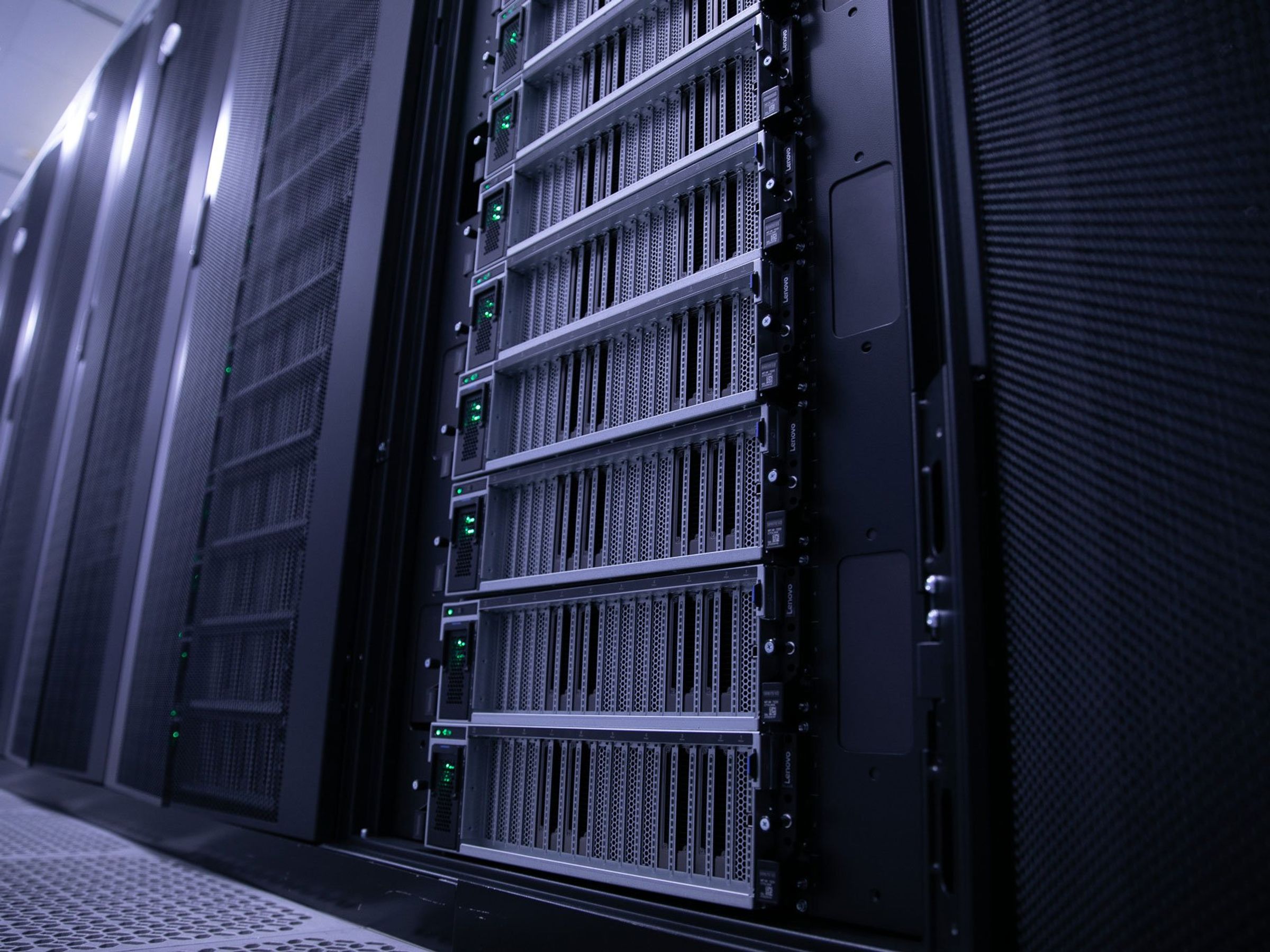India’s digital healthcare program promises to democratise healthcare for all

At an advanced level, AI-powered clinical decision support systems riding on the back of EHR systems could help physicians manage a much higher patient workload without compromising on the quality or accuracy of their diagnostics. This could be transformational for India’s universal healthcare goal given the sheer scarcity of qualified doctors in our country. Similarly, remote monitoring solutions integrated with EHR will have the capability to scrutinize health data generated by patients through wearables. This can facilitate the prompt identification of potential health issues, alerting healthcare providers and enabling timely interventions. Going further, the application of predictive analytics on anonymised aggregate-level data stands poised to significantly contribute to the identification and mitigation of large at-risk populations through proactive preventive measures. This sophisticated application paves the way for a healthcare strategy that is comprehensive and yet targeted at the most vulnerable communities. The combination of AI and EHR will open whole new possibilities.
API-first observability for the API era

In order for the developer not to have to keep logs, dashboards, and alerts
up-to-date with every new change to the app, there needs to be a basic level
of production visibility that is both automatic and covers the entire system.
... If today’s logs and error alerts are too overwhelming, we’re going to need
to move up the stack. The best candidate: APIs. Not only are APIs a functional
boundary for the software, but they often demarcate an organizational
boundary, the hand-off point between one team and another. Monitoring at the
API level means identifying the issues that are most likely to impact others
and matching the monitoring to the boundaries of responsibility. Getting
comprehensive metrics across API endpoints allows teams to get ahead of alerts
and quickly determine who may be responsible for investigations and fixes. ...
Modern software exists as a collage across tech stacks and partial migrations,
where only some of the software is paged in by the current members of the
organization. In order for a monitoring approach to be comprehensive, it needs
to easily work across programming languages and frameworks, without requiring
changes to the underlying system.
Chasing the Tech in Architect

While much of our focus for the BTABoK originally was making a suite of
techniques for architecture teams at the practice and strategy level, it is
also extremely important that we provide reusable tools at the execution level
and that these tools be taken into account and traceable to the more outcome,
strategy and stakeholder side of the BTABoK. Only then will the knowledge
properly connect all practitioners of architecture into a unified and
effective practice. The BTABoK describes architecture, engineering/delivery as
separate professions and trades. Architecture and engineering have
overolapping responsibilities and competencies in certain areas but they
remain separate. This policy best supports the individual value of both and
evidence (surveys and interviews) suggest that while other configurations are
possible, a program work is more successful if both professions are present.
Meaning a lead engineer and a lead architect create better outcomes than when
their is only one. However much of this is context sensitive and much more
research is necessary in the space before we get conclusive
recommendations.
Sustainable Data Management: An Overview

Optimizing data storage and cloud computing sustainability is crucial in
shaping a greener digital future. To achieve this, several key steps can be
taken. Firstly, organizations should prioritize the implementation of
energy-efficient data centers. These centers can significantly reduce power
consumption by utilizing advanced cooling techniques, virtualization
technologies, and renewable energy sources. Secondly, adopting a comprehensive
data management strategy is essential. This involves consolidating and
organizing data to minimize redundancy and improve storage efficiency. ... The
circular economy focuses on reducing waste and maximizing resource efficiency.
In data management, this entails implementing strategies such as refurbishing
and reusing outdated equipment, promoting recycling programs for electronic
devices, and responsibly disposing of hazardous materials. By implementing
these measures, organizations can not only minimize their ecological footprint
but also reduce costs associated with purchasing new hardware and comply with
regulations related to e-waste management.
New Gmail Security Rules—You Have 14 Days To Comply, Google Says

Google has been making it explicit since October 2023 that new email sender
authentication rules will result in some messages to Gmail accounts being
rejected and bounced back to the sender en masse. Neil Kumaran, a Google group
product manager responsible for Gmail security and trust, announced that
“starting in 2024, we’ll require bulk senders to authenticate their emails,
allow for easy unsubscription and stay under a reported spam threshold.” Some
of these new protections are scheduled to start in 14 days and will impact
every holder of a personal Gmail account in a very positive way. ... Although
Google does appear to be taking a slow and steady approach to the new rules
for bulk email senders to Gmail accounts, you can expect things to start
ramping up from April 1. “Starting in April 2024, we’ll begin rejecting
non-compliant traffic,” Google has stated in an email sender guidelines FAQ,
continuing, “we strongly recommend senders use the temporary failure
enforcement period to make any changes required to become compliant.”
Supercomputing’s Future Is Green and Interconnected

Well, we are building a new machine with 96 GPUs, these will be the SXM5s,
water-cooled NV-linked devices. We will know soon if they will have better
performance. As I mentioned, they may be faster, but they may not be more
efficient. But, one thing we found with our A100s was that most of the
performance is available in the first half the wattage, so you get 90 percent of
the performance in the first 225 Watts. So, one of the things that we’re going
to try with the water-cooled system is to run it in power capped mode, and see
what kind of performance we get. One nice thing about the water-cooled version
is that it doesn’t need fans, because the fans count against your wattage. When
these units are running, it’s about four kilowatts of power per three units of
space (3U). So it’s like forty 100 watt light bulbs in a small box. Cooling that
down requires blowing a tremendous amount of air across it, so you can have a
few 100 watts of fans. And with water cooling, you just have a central pump,
which means significant savings. The heat capacity of water is about 4000 times
the heat capacity of air by volume, so you have to use a lot less of it.
5 Ways CISOs Can Navigate Their New Business Role

CISOs can’t afford to not pay attention to their data breach liability: A
breakdown from the firm of the top 35 breaches across the world in 2023 found
that organizations paid almost $2.6 billion in fines for exposing 1.5 billion
records, with almost half of the breaches happening at public agencies and
healthcare-related industries. Among this list were breaches at many of the
world's largest telecommunications providers. Out of the top 35 breaches, all
but one happened in the European Union and US. ... Further, transparency should
be a natural part of a CISO's playbook, not just something that is activated in
post-breach situations. Part of the motivation is compliance, as Forrester
analysts noted. "Regulators are pushing for greater transparency," they wrote.
... In general, CISOs need to "own it, recognize where things went wrong, and
proactively work to fix them, including as many stakeholders as possible to
ensure you fix the root cause and identify any other issues that may have been
missed," Shier says. "This is especially true now that CISOs are increasingly
being held personally accountable for issues that may arise from corporate
negligence or security issues that were persistent, known, and not mitigated."
Invest in human capital to create a dynamic, resilient workforce fit for the future
Competition, changing demographics, and evolving skill requirements are some
of the challenges in the insurance industry. At Ageas Federal, our 4G Employee
Value Proposition (EVP) provides an opportunity for employees to be part of
the transformation journey in the company and helps address the aforementioned
retention challenges. Employees gain unmatched rewards through competitive
remuneration, gratuity payouts, attractive incentives, and pre-defined
increments. They also receive guaranteed unique benefits such as healthcare,
overall wellbeing of themselves and their families, wellness programs, life
cover, and various types of leaves and allowances. Employees add glory to
their careers through recognition programs like star of the month, galaxy
awards, and leadership awards, fostering a culture of excellence. Lastly,
employees have opportunities to learn and grow through managerial development
programs, structured career progression, and self-paced learning programs,
ensuring continuous development and skill enhancement.
Importance of data privacy and security measures for secure digital learning
/pcq/media/media_files/zE6gPkLY50H5AkPUFC4s.jpg)
With the ever-increasing use of online platforms in education, encryption and
secure communication protocols are essential for safeguarding confidential
information shared in virtual classrooms, discussions and collaborative
projects. The digital environment is ever-changing and cyber threats are
constantly evolving. It is essential for educational institutions to remain
vigilant, update security measures regularly and remain informed of new
threats. Adapting to the ever-changing threat landscape is necessary to
identify and address potential vulnerabilities in a timely manner. Therefore,
at the end of the day, data protection and security in digital learning isn't
just a technical thing, it's an ethical and strategic necessity. Schools that
focus on these issues not only protect sensitive information, but they also
create a culture of trust, responsibility and academic success. As technology
changes the way we learn, a strong focus on data protection and security will
be the foundation of a strong and safe digital learning environment. As we
move into the digital era and incorporate technology into our educational
systems, it is essential to recognise and prioritize the safeguarding of
student data.
Email Bomb Attacks: Filling Up Inboxes and Servers Near You

The measures include implementing reCAPTCHA technology to determine if a human
- or bot - is attempting to use a platform. "Email bombing bots are generally
unable to bypass a reCAPTCHA, which would prevent them from signing up" for a
registration or other service that might help facilitate a massive email bomb
attack. Users should be trained to avoid using work email addresses to
subscribe to nonwork-related services and limit their online exposure to
direct email addresses by using contact forms that do not expose email
addresses. "Given the potential implications of such an attack on the HPH
sector, especially concerning unresponsive email addresses, downgraded network
performance and potential downtime for servers, this type of attack remains
relevant to all users," HHS HC3 said. "Email bomb attacks are potentially
disruptive and can impact the HPH through denial of services where email is a
critical part of the business or clinical workflow," said Dave Bailey, vice
president of consulting services at security and privacy consultancy
Clearwater. .
Quote for the day:
"Develop success from failures.
Discouragement and failure are two of the surest stepping stones to
success." -- Dale Carnegie
No comments:
Post a Comment